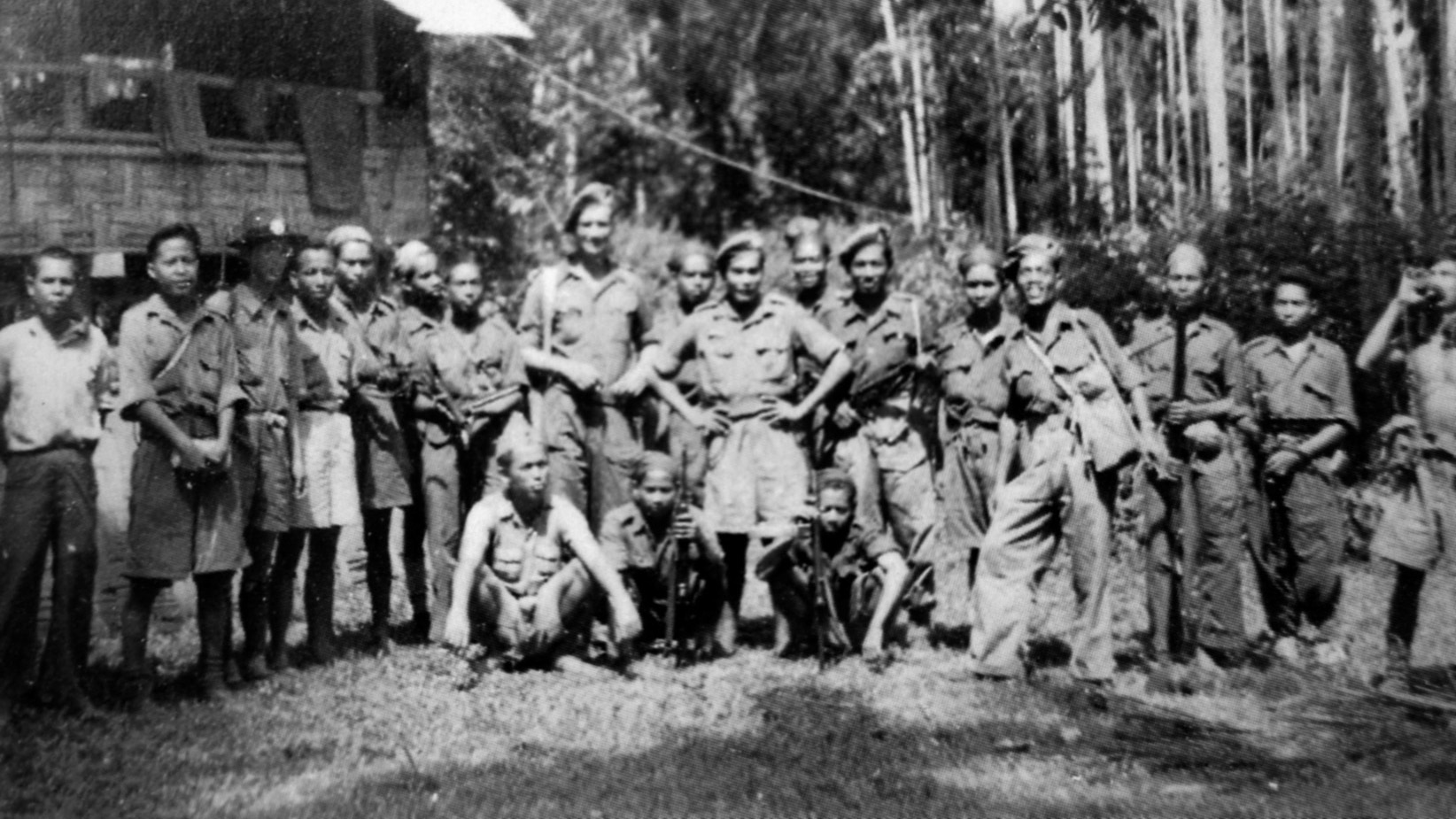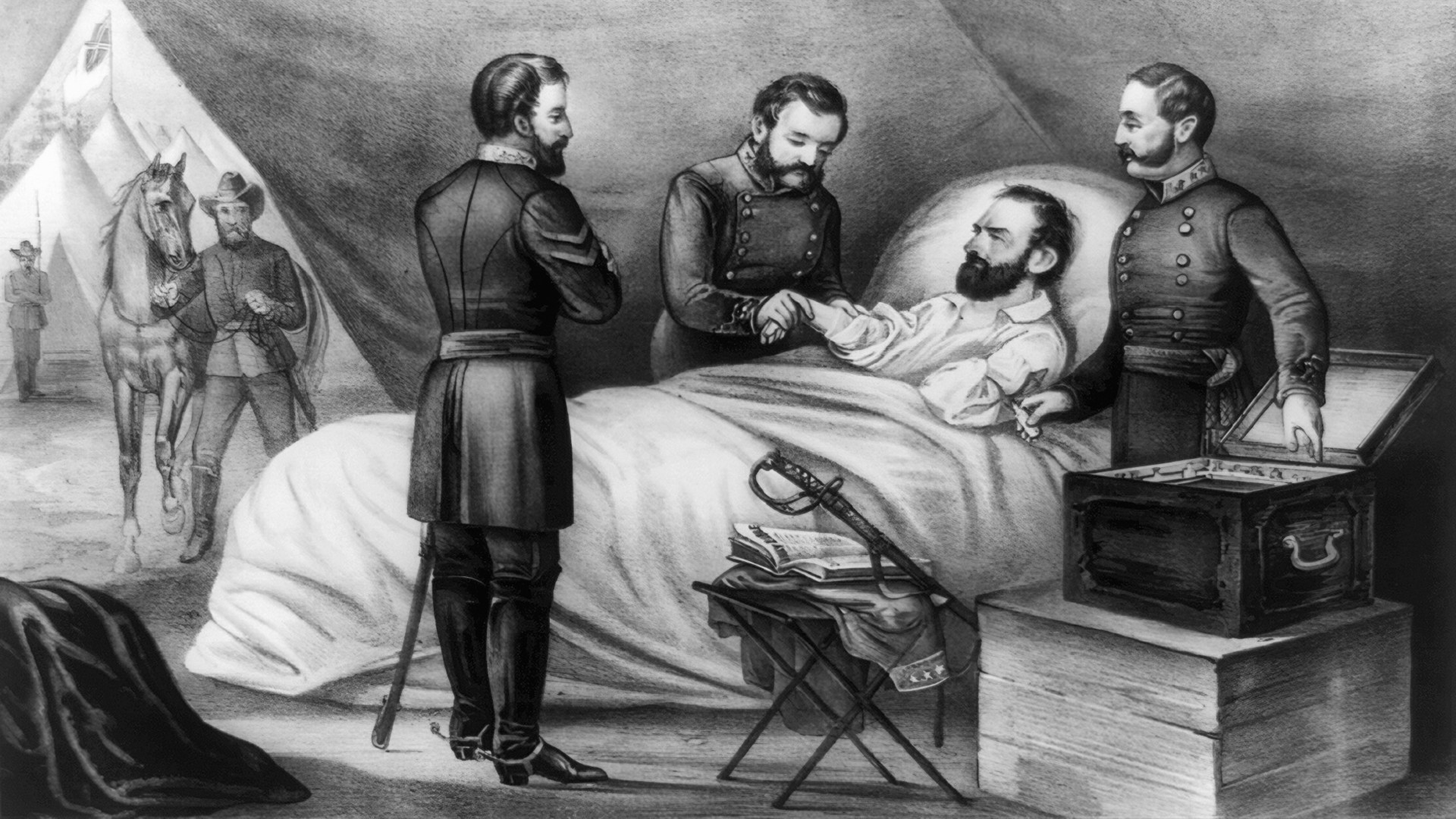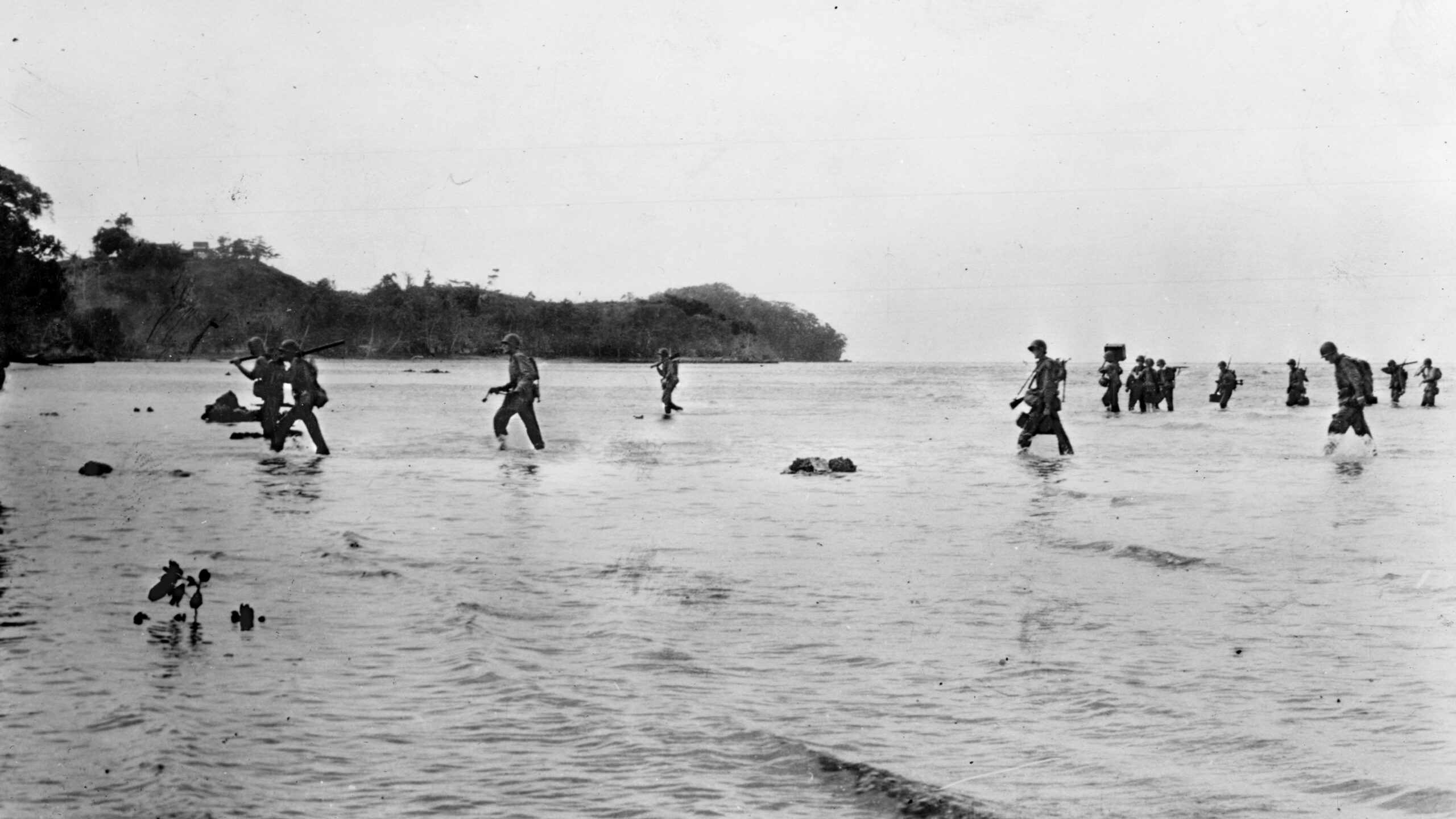When Pearl Witherington Cornioley died quietly in 2008 at the age of 93 in a retirement home in the Loire Valley of France, some who thought they knew her well may have been surprised to learn that she had risked her life during World War II as an agent for the British Special Operations Executive (SOE).
The young woman, who had escaped from occupied France at the end of 1940 and made her way with family members to London, was determined to strike back at the Nazis. In September 1943, she parachuted into France and began a career of covert operations against the enemy. By 1944, she had assumed command of a network of resistance fighters in the Valencay-Issoudun-Chateauroux area. The efforts of the 1,500-fighter force she led were so successful that the Germans placed a bounty equivalent to one million francs on her head.
18,000 Germans Captured
Although her training with the SOE had been somewhat unremarkable, it was noted in her file, which was made public by the British government after her death, that she was perhaps the most accurate with a rifle and pistol of any individual, male or female, to train up to that time. Prior to the German invasion of France on May 10, 1940, Pearl had become engaged to Henri Cornioley. After they were separated, Henri was taken prisoner by the Germans. He subsequently escaped, and the two were reunited when Pearl returned to France. Henri worked closely with Pearl, and eventually the couple reached London, where they were married in October 1944.
According to Pearl’s file, she sometimes hid secret messages in the hem of her skirt. She worked as a courier, and even posed as a cosmetics salesperson. Her network of fighters was particularly active on D-Day and during the weeks that followed. Reportedly, the Germans sent a force of 2,000 soldiers to deal with the resistance network and subjected some of their positions to a 14-hour artillery barrage.
On June 11, four days after the landing, a lengthy battle took place, and while the resistance lost 24 fighters, the Germans suffered 86 casualties. Pearl’s network eventually accounted for as many as 1,000 enemy soldiers. Resistance fighters also severed an important rail line from southern France to Normandy approximately 800 times, seriously delaying the arrival of German reinforcements to the area of heavy fighting. Cornioley personally was said to have taken charge of the surrender of 18,000 German soldiers. On several occasions, she survived brushes with death, moving through enemy lines, aiding downed Allied airmen, and once hiding in a cornfield as the Germans fired into the midst of the dense stalks.
Pearl Cornioley After the War
Following the war, Pearl and Henri returned to Paris, where they found employment as a secretary for the World Bank and a pharmacist, respectively. They also raised a daughter named Claire. Pearl was recommended for the Military Cross but apparently did not receive the medal because she was a woman. Although she was to be honored as a Member of the British Empire (MBE), she declined that recognition. Her reason was simple. She had been recommended for the civilian version rather than the military one. She was said to have responded that her service during World War II had been anything but “civil.”
Cornioley waited until 2006 to receive the coveted parachute wings that she had actually earned during the war. In 2004, Queen Elizabeth II visited Paris and conferred upon her the title of Commander of the British Empire (CBE). She was also awarded the French Legion d’Honneur. In 1997, her autobiography, Pauline, was published, and many believe that the story of her wartime exploits, including her romance with Henri, formed the basis for the novel Charlotte Gray by Sebastian Faulks, although the author has denied any link.
As the ranks of living World War II veterans diminish steadily, the passing of such a colorful figure as Pearl Cornioley is worthy of note. Further, it prompts the historian to wonder what future secrets will be revealed about other heroes as time inevitably marches on.
Michael E. Haskew







Join The Conversation
Comments
View All Comments